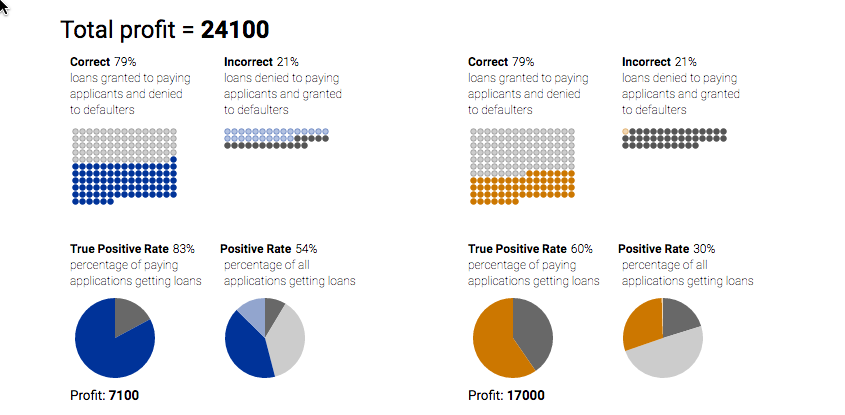Detox isn’t a thing
The New Year is traditionally a time for short-term, one-off attempts to improve one’s health, like going to the gym for two weeks. One fashionable form is ‘detox’, where you take a few components of what might be a sensible change in diet, massively overdo them for a short time, then go back to your usual diet. The idea is that your body builds up ‘toxins’ that it’s unable to get rid of by normal biological processes, but that it can easily be tricked into getting rid of them rapidly by some special ritual. Here’s a good piece from the Observer describing the problem. [update: and Michelle ‘Nanogirl’ Dickinson’s column this week, too]
The NZ media did ok on detox this year. There was a UK story about a particular herbal mixture causing dangerous sodium loss; there was one positive but somewhat restrained story; I’ve only seen one completely bogus one.
The moderately restrained story was in the Herald. It talked about a bunch of sensible dietary changes, a bunch of basically unsupported herbal stuff, and for completeness, Native American sweat lodges. However, at least the main idea was to make long-term changes in one’s diet rather than to have some magical purification experience. The story even had a couple of links to scientific papers, though they were to research showing that pollution might be harmful, which is not the problematic component of the detox myth.
On the other hand, on Twitter today, Peter Green posted a headline from the cover of “M2” magazine: “Six manly foods to detox your liver”. No, I’m not making this up.
It may help to know that other recent health headlines include “Experts Say Wearing This Colour Will Help You Have A More Effective Workout”, and “Neuroscience Says That This Song Reduces Anxiety By 65%”
If you’re wondering what detox foods are considered “manly” in the 21st century, the list includes turmeric, green tea, and broccoli sprouts. Quiche is still out.
